Farmer’s Guide to Trucking Regulations available to Ohio Farm Bureau members
The guide includes a farm driver checklist, overview of state and federal regulations and exemptions, CDL qualifications and more.
Read More
The impact of a rainy spring can be pretty easy to spot when hundreds of thousands of acres that should be lush, green fields are instead dirt brown and riddled with weeds. Corn and soybean farmers across Ohio will tell you that this has been one of the most challenging planting seasons they have ever had, but that isn’t the same perspective you might hear from growers of specialty crops.
“The wet weather earlier this year didn’t make as drastic of an impact on perennial crops, including berries and some of the tree fruit” said Mike Pullins, from Champaign Berry Farm near Urbana. “The berry crop this year was pretty good. In fact, we probably had the best red raspberry crop we have ever had.”
Pullins said the farm’s phone has been ringing all spring with customers wanting to know if the relentless rains that kept grain farmers out of the fields meant that his u-pick business would suffer as well.
“They were wondering how high of boots they should wear when they came berry picking and if there would be any berries when they showed up,” Pullins said. “The challenges that a huge sector of Ohio agriculture has faced this year are most definitely valid, but consumers tend to expand that to all of agriculture and that is not necessarily the case. Communicating that to our customers has been a big obstacle this year.”
Members of the Ohio Produce Growers and Marketers Association met for their summer tour at Lynd Fruit Farm in Licking County recently to share how Ohio’s specialty crop segment has fared across the state. For Ethan Stuckey from The Pickwick Place in Crawford County, soggy fields only gave him one good old fashioned way to get some crops in the ground – by hand.
“For our very first planting of cantaloupe we had to go through and set about 2,000 plants by hand because we couldn’t even get a tractor in the field,” Stuckey said. “When transplants get big they get leggy and root-bound and they just don’t do well if you hold them for too long. That made for some long days.”


The guide includes a farm driver checklist, overview of state and federal regulations and exemptions, CDL qualifications and more.
Read More
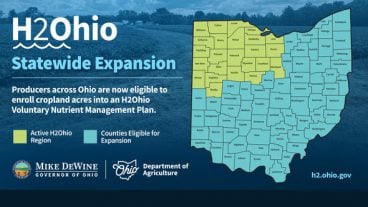

ODA will enroll 500,000 acres into the program for a two-week sign-up period, beginning April 22, 2024, through May 6, 2024. Contact local SWCD offices to apply.
Read More

Katie Share of Columbus has been named ExploreAg and Youth Development Specialist for Ohio Farm Bureau.
Read More

Mary Klopfenstein of Delphos has been named Young Ag Professional and Ag Literacy Program Specialist for Ohio Farm Bureau.
Read More
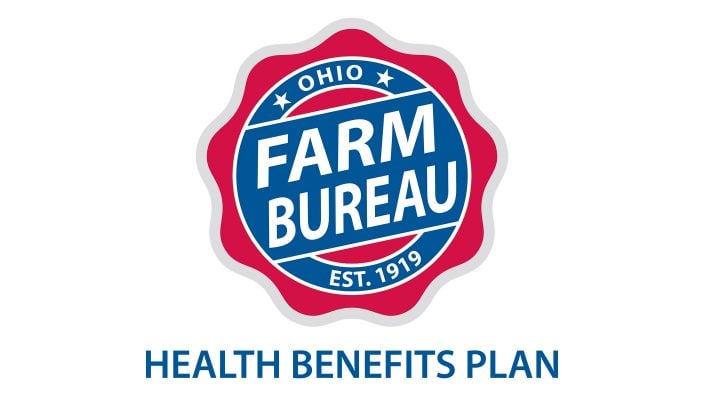
The plan has been updated to give sole proprietors access to more rate stability and a smart solution that offers potential savings on health care.
Read More

The American Farm Bureau Federation, in partnership with Farm Credit, is seeking entrepreneurs to apply online by June 15 for the 2025 Farm Bureau Ag Innovation Challenge.
Read More

Adele Flynn of Wellington has been elected treasurer of the Ohio Farm Bureau Federation and now holds the third highest elected office in Ohio’s largest and most influential farm organization.
Read More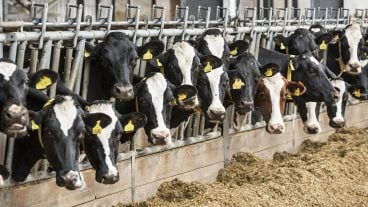
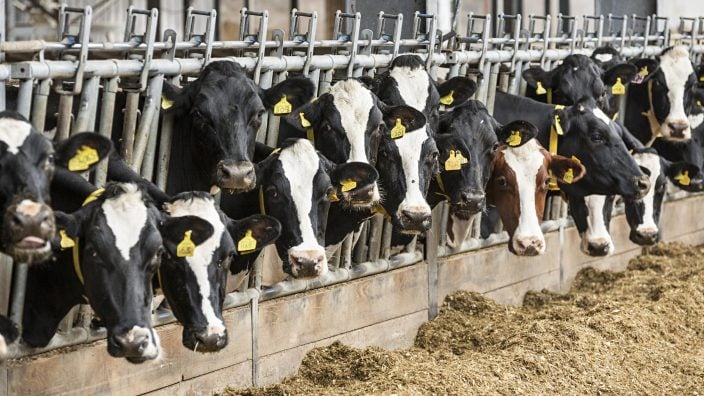
Producers are urged to work with their veterinarian to practice enhanced biosecurity measures and review and limit cattle movements within production systems.
Read More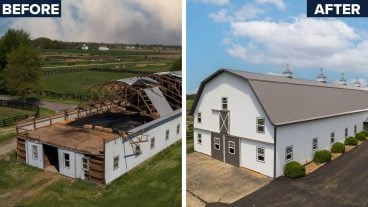
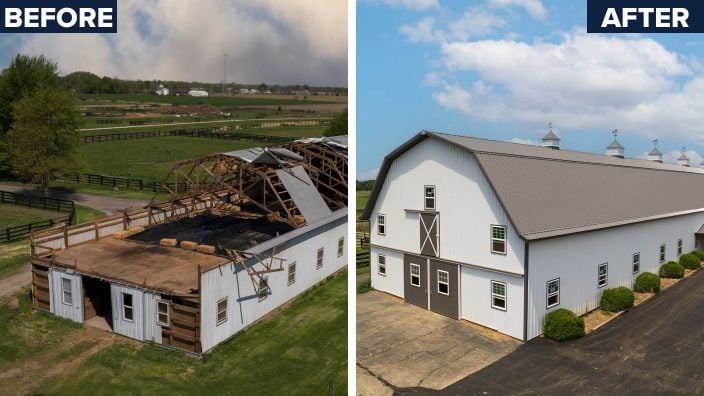
The changing seasons bring with them the need to thoroughly inspect pole barns for any damages that may have occurred during the winter months.
Read More

Hundreds of Ohio businesses and sole proprietors are raving about Ohio Farm Bureau’s Health Benefits plan with lower, predictable costs and easy enrollment and administration options.
Read More